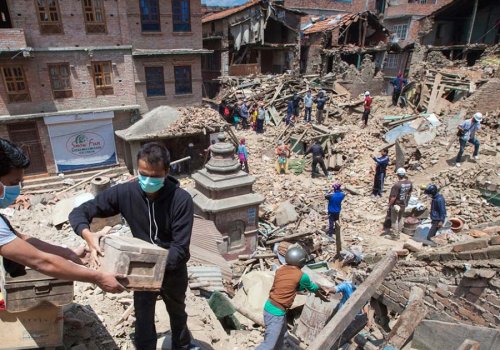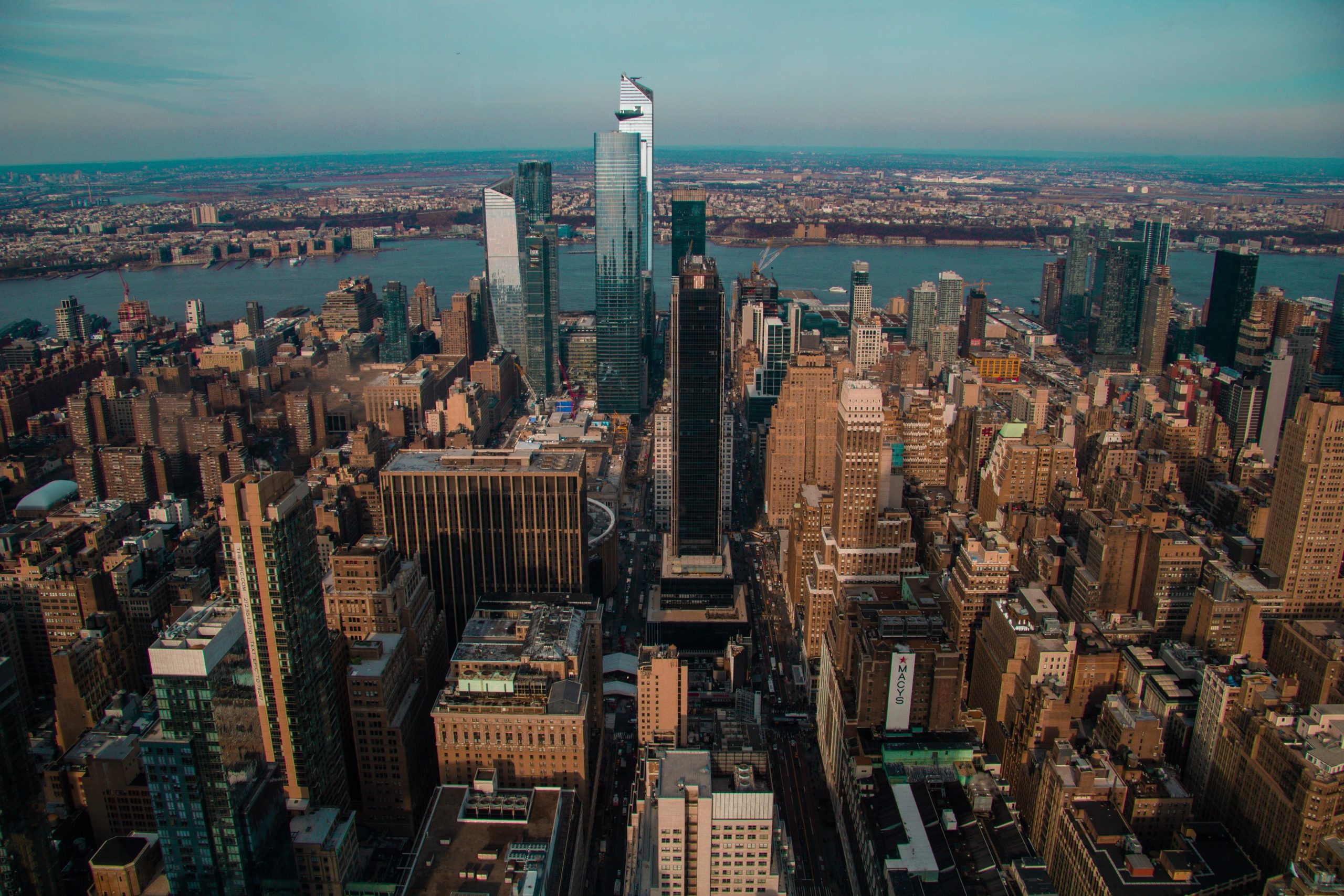Introduction
Meet Jane Doe, an experienced environmental journalist with a passion for human rights. She has spent the last decade reporting on the intersection of climate change and social justice. Today, she brings her expertise to shed light on a pressing issue: the rising threat of climate hazards to renters.
The Rising Threat of Climate Hazards
Climate change is no longer a distant threat. It’s here, and its effects are felt by everyone, especially the most vulnerable among us. Rising temperatures, more frequent and severe storms, and unpredictable weather patterns are becoming the new normal. These climate hazards pose a significant risk to our homes and communities.
Renters at Risk
While homeowners have the means and incentives to invest in resilience measures, renters often find themselves at the mercy of their landlords. Many renters live in properties that are ill-equipped to withstand climate hazards, leaving them exposed to danger. This vulnerability is compounded by the fact that renters often lack the resources to recover from climate-related disasters.
The Role of Disaster Management Agencies
Disaster management agencies play a crucial role in mitigating the impact of climate hazards. They are responsible for developing and implementing strategies to protect communities, including renters, from these threats. However, there is a need for these agencies to better understand and address the unique vulnerabilities of renters.

Human Rights Activists and Climate Justice
Human rights activists have a critical role to play in advocating for climate justice for renters. They can raise awareness about the disproportionate impact of climate hazards on renters and push for policies that protect this vulnerable group. Their work is essential in ensuring that everyone, regardless of their housing status, is protected from the impacts of climate change.
Case Studies of Climate Hazards Impacting Renters
There are numerous examples of renters being disproportionately affected by climate hazards. For instance, in the aftermath of Hurricane Katrina, many renters found themselves homeless, with their landlords unwilling or unable to repair their damaged properties. Similarly, renters in California have been disproportionately affected by wildfires, often losing everything and having nowhere to go.
Preparing for the Future: Tips for Renters
Renters can take steps to protect themselves from climate hazards. This includes understanding their rights as tenants, advocating for stronger protections, and taking practical steps to prepare for climate-related disasters. For instance, renters can create an emergency plan, assemble a disaster supply kit, and ensure they have adequate insurance coverage.
Conclusion
The threat of climate hazards to renters is a pressing issue that requires urgent attention. It’s crucial for disaster management agencies, human rights activists, and renters themselves to work together to mitigate this risk. By taking action now, we can ensure that all members of our community are protected from the impacts of climate change.
Table: Summary of Key Points
| Heading | Key Point |
|---|---|
| The Rising Threat of Climate Hazards | Climate hazards are increasing due to global warming. |
| Renters at Risk | Renters are particularly vulnerable to climate hazards. |
| The Role of Disaster Management Agencies | These agencies can help protect renters from climate hazards. |
| Human Rights Activists and Climate Justice | Activists can advocate for climate justice for renters. |
| Case Studies of Climate Hazards Impacting Renters | There are many examples of renters being disproportionately affected by climate hazards. |
| Preparing for the Future: Tips for Renters | Renters can take steps to protect themselves from climate hazards. |










